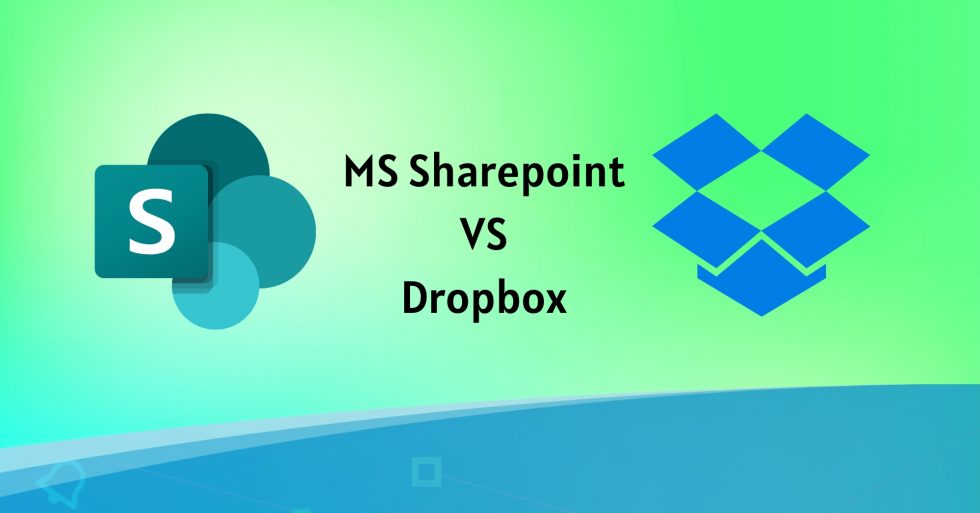Published on 31 January 2024
In the ever-evolving landscape of digital collaboration, businesses seek efficient and secure solutions to streamline document management, enhance team collaboration, and ensure seamless access to critical files. Two popular contenders in this arena are Microsoft SharePoint and Dropbox. In this blog, we’ll compare these platforms to help you make an informed decision for your business.
SharePoint: Microsoft SharePoint is a powerful collaboration platform integrated into the Microsoft 365 suite. It offers a robust set of features for document management, team collaboration, and intranet development.
Dropbox: Dropbox is a cloud-based file hosting service known for its simplicity and ease of use. It provides a user-friendly interface and is widely used for file storage and sharing.
SharePoint: SharePoint excels in document management, offering version control, metadata tagging, and advanced search functionalities. Its document libraries and content types make organizing and categorizing files a breeze.
Dropbox: Dropbox is straightforward and user-friendly. It allows easy file uploads, sharing, and collaboration. However, its document management capabilities may be considered less advanced compared to SharePoint.
SharePoint: SharePoint fosters collaboration with features like co-authoring, real-time editing, and integration with Microsoft Teams. It’s particularly beneficial for larger enterprises with complex collaboration needs.
Dropbox: Dropbox promotes collaboration through shared folders, file comments, and integrations with various third-party apps. It is often praised for its simplicity and accessibility.
SharePoint: As part of the Microsoft 365 ecosystem, SharePoint seamlessly integrates with Microsoft’s suite of productivity tools, enhancing overall workplace efficiency.
Dropbox: Dropbox integrates with a variety of third-party applications, providing flexibility in choosing complementary tools for specific business needs.
SharePoint: SharePoint is designed with enterprise-level security features, ensuring data integrity and compliance with industry regulations. It offers robust access controls and encryption.
Dropbox: Dropbox prioritises security and compliance, with features like two-factor authentication and encryption. However, some businesses may find SharePoint’s security offerings more comprehensive.
Choosing between SharePoint and Dropbox depends on your business’s specific requirements and priorities. If you’re deeply integrated into the Microsoft ecosystem and prioritize extensive collaboration features, SharePoint may be the ideal choice. On the other hand, if simplicity, user-friendliness, and broad third-party integrations are paramount, Dropbox might be the solution for you.
Evaluate your organisation’s needs, consider the scalability of each platform, and make an informed decision to enhance your team’s collaboration and productivity.

© 2025 Bluebell IT Solutions - All rights reserved
SEO and Website Design by Loop Digital